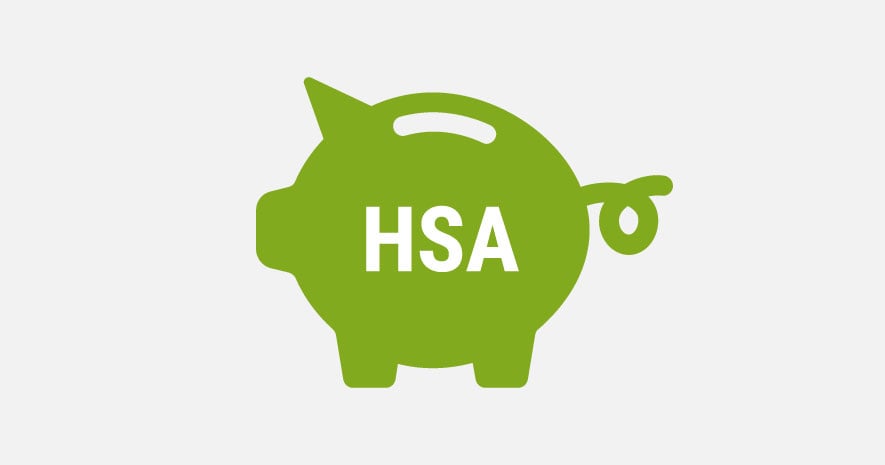What is a Health Savings Account (HSA)?
An HSA is a tax-advantaged account created for individuals who are covered under a high-deductible health plan to save money for out-of-pocket medical expenses.
How are contributions made to an HSA?
Contributions can be made by both an individual and the individual's employer in a lump sum or payroll deductions.
HSA Contribution Limit Chart
| Contribution Limit For | 2022 | 2021 |
| Single Coverage | $3,650 | $3,600 |
| Family Coverage | $7,300 | $7,200 |
| Individuals ages 55 years and older can contribute an additional | $1,000 | $1,000 |
What is the HSA Triple Tax Benefit?
In addition to contributions going into an HSA tax-free, the HSA grows tax-free, and funds come out tax-free for qualified medical expenses. For example, an individual can withdraw funds from their HSA to pay qualified medical expenses, such as a dental bill or over-the-counter drugs, without being taxed. Additionally, earnings accumulate tax-deferred and are tax-free if used to pay medical expenses.
What's the difference between a Health Savings Account and a Flexible Spending Account?
A Flexible Spending Account allows you to pay for medical expenses and dependent care with pre-tax dollars, but unlike an HSA, your funds do not roll over year to year unless your employer's plan allows you to roll over $500 to the following year.
TIP: Keep all your out-of-pocket medical receipts, so you can withdraw money from your HSA whenever you want.
Why should I consider using an HSA as part of my retirement plan?
HSAs are more tax advantageous than traditional retirement accounts because of the triple tax benefit (tax-free contributions, growth, and withdraws). Once you reach the age of 65, you can take money out of your HSA for non-healthcare expenses penalty-free.
For additional information, please read our blog, HSA for retirement, or complete the form below to speak with one of our advisors.





